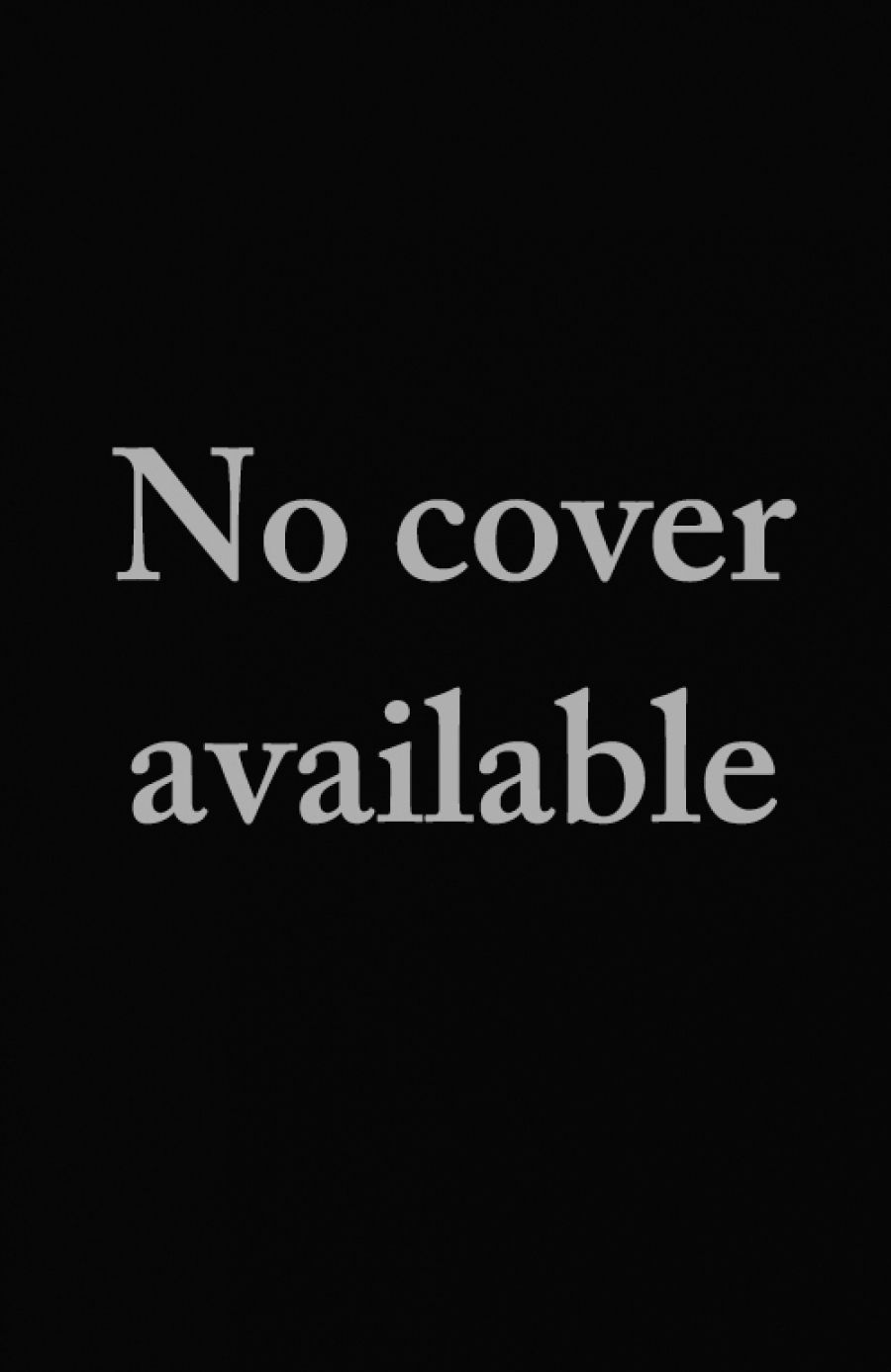
- Free Article: No
- Contents Category: Food
- Review Article: Yes
- Custom Highlight Text:
In one of the more matter-of-fact paragraphs of that rare and sentient book, Celebration of the Senses, Eric Rolls reflects on how ‘until the nineteen-fifties eating was seldom an adventure in Australia’. The Greek community had taken over the country town cafes and ‘by serving food that was a parody of the worst Australian food they prospered astoundingly. Slabs of steak fried ten minutes too long came to the table with one or two eggs on top, and surrounded by potato chips, mashed potato, mashed pumpkin, sliced lettuce, tomato, canned carrots, pickled beetroot …
- Book 1 Title: The Age Good Food Guide
- Book 1 Subtitle: 7th edition
- Book 1 Biblio: Anne O’Donovan, 224 pp, $9.95 pb
There has been a lot of seasoning going on since then, and the immigration of European chefs to feed European athletes and visitors to the 1956 Olympic Games in Melbourne has been credited as a major catalyst in the development of more sophisticated demands from our restaurateurs.
Then, in the mid-1970s, came the short-lived Angus & Robertson Guides to Eating Out for Sydney and for Melbourne. In the introduction to his Melbourne guide, Peter Smark claimed, ‘I think I am the first of the 10,000 or so people equally qualified to have the effrontery to write a guide to Melbourne restaurants.’ And it is testament to consistent endeavour that three restaurants named in Smark’s 1977 Guide’s ‘First Eleven’ – Fanny’s, Glo Glo’s, and Two Faces – are still there among the ten Melbourne restaurants to win three chef’s hats in the 1986–87 edition, the seventh, of The Age Good Food Guide published by Anne O’Donovan.
The first edition of The Age Good Food Guide to Melbourne and Victorian country restaurants, edited by Claude Forell, was published in 1980. A Sydney Morning Herald Good Food Guide to eating well in and around Sydney, edited by Leo Schofield with David Dale and Jenna Price, was published by Anne O’Donovan in September 1984 and reprinted the next month. It has also become an annual. Recently in Brisbane I noted a Courier Mail Good Food Guide winking at me from the news-stand. Ms O’Donovan is a publisher of great perception.
Taking its lineage from Michelin and Ronay, the Good Food Guides are monitored by anonymous diners – but after seven editions in Melbourne surely Claude Forell and Rita Erlich, who joined him as editor from the fourth edition, must be becoming vaguely familiar to a profession trained to spot a yellowing broccoli at twenty metres.
The Guides reflect our fashion in eating out. They are organised under the headings of Eating around Town, Eating out of Town and Something for Everyone; and it is educating to note the differences in the latter section between the first edition and the seventh. Wine bars have been dropped and breakfasts included. ‘Posh pubs’ has made an appearance as has yum cha, and while family eating has been dropped from the Melbourne version it is still there in Sydney. Another distinction to excite Jim Davidson is that St Petersburg has a section on vegetarian eating to itself while Tinseltown enjoys solitary indulgence in Cakes and Chocolates and – it could be the climate – Ice Cream Parlours.
Another sign of the passing of time is that ‘Discos – Night Clubs’ and ‘Late Night Eating’ in 1980 have been rolled into ‘Kicking On’ in 1986. (But only in Melbourne. In Sydney you still indulge in Late Night Eating).
But enough of semiotics.
The Good Food Guides have been extremely successful and deserve to be so. Each restaurant included has around 100 words of editorial which individualises the place, gives a concise idea of what to expect and generally offers suggestions on specialities. Information is listed on hours, cards, size, price, licence, and personnel. The topics covered in the ‘Something for Everyone’ catchall are well organised, and comprehensive indexes and clear maps make it easy to approach the book in a variety of ways.
The subjectivity of the compilers gives the Guide a reassuring authority. The editors of The Age Good Food Guide 1986–87 have ‘dropped forty-seven restaurants listed in last year’s metropolitan section and thirteen out-of-town places. We have added fifty-one new city and suburban restaurants and twenty-eight new country places.’ The Sydney Morning Herald Good Food Guide opens its second edition with ‘Sydney restaurants need to pull their socks up. The year 1985 has seen no significant newcomers to the restaurant scene and a disturbing number of establishments where standards have slipped perceptibly.
The Guides have developed benchmarks with their annual awards – three, two or one chef’s hats for excellence, restaurant of the year, most promising newcomer, best ethnic and specialist restaurants, good value establishments and good wine lists. Despite the high seriousness given to chef’s hats and promotions and emotions, the Guides are inclusive rather than exclusive and also recognise places that provide a good inexpensive night out.
So, here is publishing that is not only useful to the reader as a guide, interesting and enjoyable to browse through as a book, intelligent and fastidious in its organisation as a reference, but influential on behalf of the consumer.


Comments powered by CComment